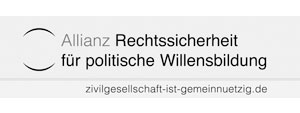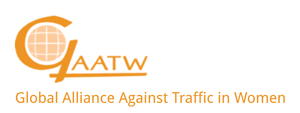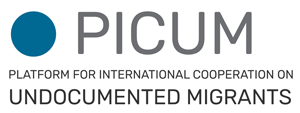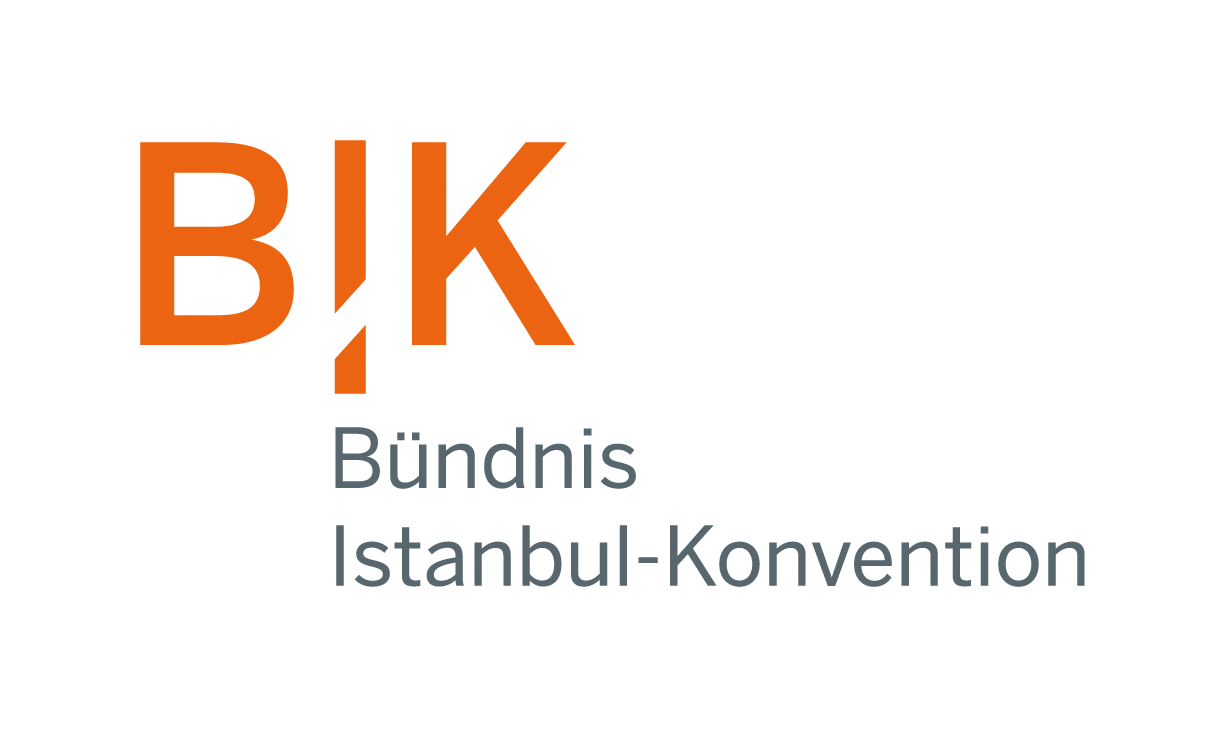Forms of Exploitation
Trafficking in human beings and exploitation are multi-layered phenomena that can take many different forms and occur in various sectors. They are always characterised by elements of coercion, deception, threats, etc. with the aim of exploiting one or more persons economically and/or sexually.
Moreover, these are not static phenomena. The strategies of the perpetrators, the means they use and the forms of exploitation as well as the areas in which trafficking in human beings and exploitation take place can change constantly.
Trafficking in human beings for the purpose of labour or sexual exploitation is not the only existing phenomenon; there are other, less widely-known forms of trafficking. The EU Directive on Combating Trafficking in Human Beings and Protecting its Victims (2011/36/EU) includes the following forms of exploitation in its definition of trafficking in human beings: the exploitation of prostitution or other forms of sexual exploitation; forced labour or services – including forced begging, slavery or practices similar to slavery; servitude; the exploitation of criminal activities; and trafficking in human beings for the purpose of organ removal.
The Directive commits all member countries to criminalising these practices and including them in their definition of trafficking in human beings.
Germany complied in the second half of 2016 with the act implementing EU Directive 2011/36, which also lead to a comprehensive reform of the German Criminal Code’s definition of trafficking in human beings.
It now includes exploiting criminal activities or begging, and trafficking in human beings for the purpose of organ removal as forms of exploitation (see Legal Framework in Germany).










